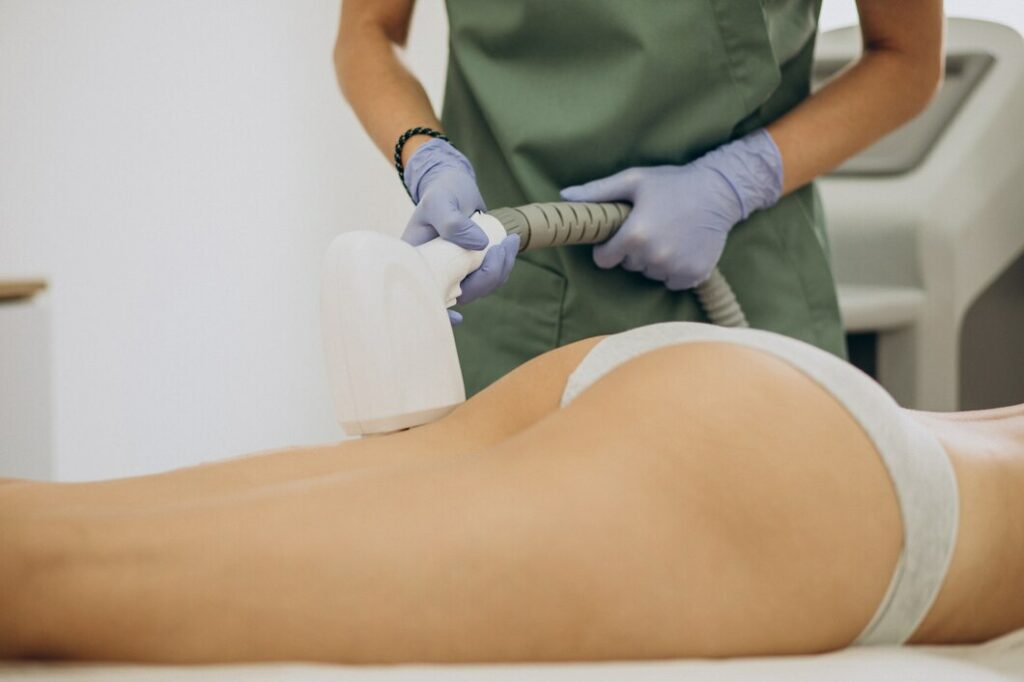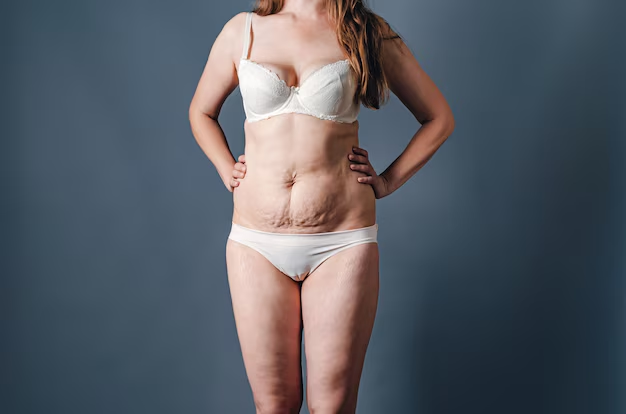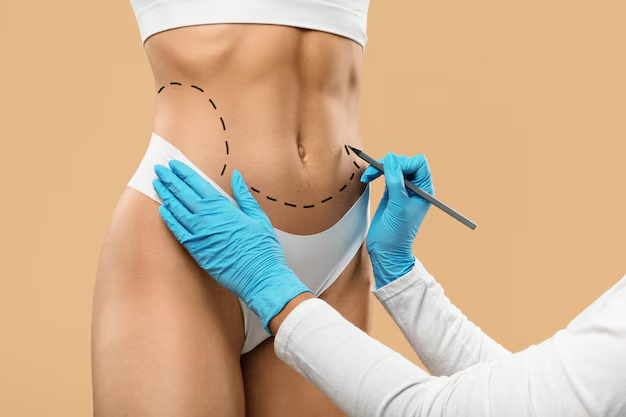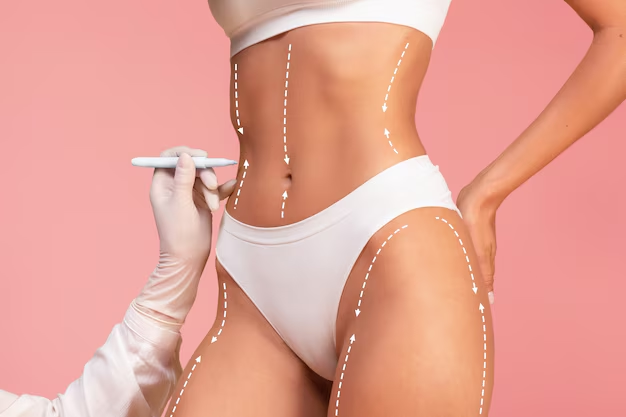Gynecomastia Surgery: A Comprehensive Guide to Male Breast Reduction
Gynecomastia, the enlargement of breast tissue in men, is a common condition that can cause significant self-consciousness and distress. If you’re struggling with this issue, you should know that you’re not alone—and that a surgical solution is available. Gynecomastia surgery is a highly effective procedure designed to create a flatter, more masculine chest contour. This guide will walk you through everything you need to know.
What is Gynecomastia?
Gynecomastia is characterized by the development of excess glandular tissue and/or fat in the male breast. It can occur in one or both breasts and may be caused by hormonal imbalances, certain medications, hereditary factors, or lifestyle choices like steroid use. While sometimes linked to being overweight, it also affects men of a healthy weight.
Am I a Candidate for Gynecomastia Surgery?
You may be an ideal candidate for this procedure if:
-
You are in good overall health and at a stable weight.
-
Your breast development has stabilized.
-
You have realistic expectations about the outcome.
-
You are bothered by the feeling that your breasts are too large.
-
The condition persists despite diet and exercise.
The Gynecomastia Surgery Procedure: What to Expect
The specific technique your surgeon uses will depend on the composition of your breast tissue—whether it’s primarily excess fat, glandular tissue, or a combination of both, and if there is significant skin laxity.
Liposuction Technique
This approach is used when the enlargement is primarily due to excess fatty tissue. A small incision is made, often on the edge of the areola or in the armpit, and a thin tube (cannula) is used to break up and suction out the fat.
Excision Technique
This is necessary when there is firm, glandular breast tissue present, which cannot be removed by liposuction alone. This technique requires a small incision, typically around the edge of the areola, to allow the surgeon to directly remove the glandular tissue. This method is also essential if reduction of the areola or removal of excess skin is required.
Combined Liposuction and Excision
This is the most common approach. Liposuction is used to remove the fatty component and contour the surrounding chest, while the excision technique removes the firm glandular tissue to create a flat, tight chest wall.
Recovery and Results: What to Expect After Surgery
After your procedure, you will be placed in a compression garment to minimize swelling, support the new chest contours, and aid the healing process. You can expect:
-
Initial Recovery: 1-2 weeks of downtime. Most patients can return to a desk job within a week.
-
Swelling and Bruising: This is normal and will subside significantly within the first few weeks.
-
Exercise: Strenuous activities and heavy lifting should be avoided for 3-4 weeks.
-
Final Results: While you will see an immediate improvement, final results will emerge as the swelling fully resolves, typically within 3-6 months, revealing a permanent, more sculpted chest.
Frequently Asked Questions About Gynecomastia Surgery
Will the results be permanent?
Yes, the results are typically permanent. The glandular tissue removed during surgery does not grow back. However, significant weight gain, use of anabolic steroids, or certain medical conditions could cause the remaining fat cells to enlarge.
Will there be noticeable scars?
When performed by a skilled surgeon, incisions are placed in inconspicuous locations. The scars from a liposuction-only procedure are very small. The excision technique leaves a fine scar around the lower edge of the areola, which usually fades significantly over time and becomes difficult to notice.
Is this different than liposuction for “moobs”?
“Moobs” is a colloquial term that can refer to either true gynecomastia (glandular tissue) or pseudogynecomastia (fat only). The surgical plan is different for each. A consultation is essential to determine the cause and the correct surgical approach.
Can exercise fix gynecomastia?
While chest exercises can build underlying muscle, they cannot eliminate the firm glandular tissue that characterizes true gynecomastia. If the issue is primarily excess fat (pseudogynecomastia), diet and exercise may help, but often stubborn fat remains.
Taking control of your confidence starts with getting the right information. Gynecomastia surgery can be a life-changing procedure, offering a permanent solution to a problem that diet and exercise cannot fix.






